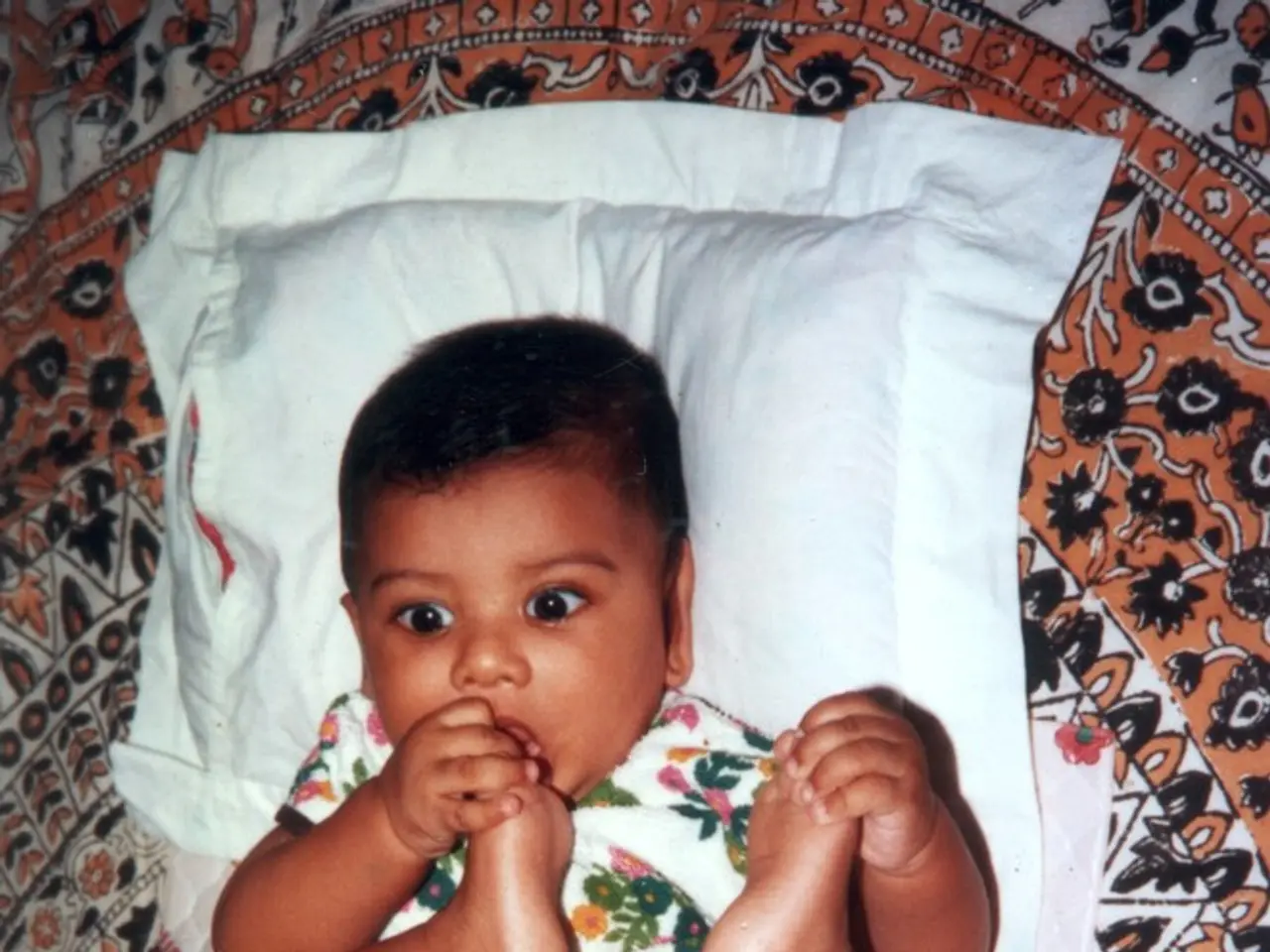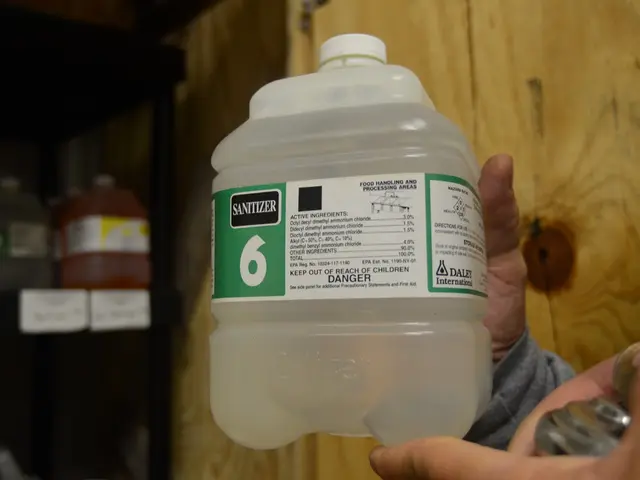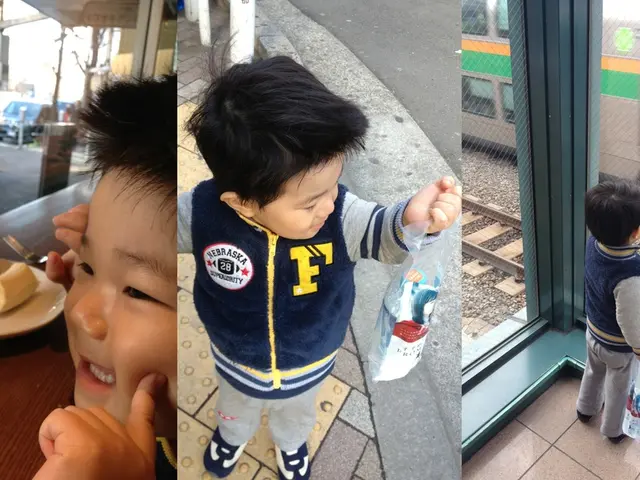Heat Rash in Infants: Classifications, Visual Aids, Remedies, Duration, and Additional Information
Heat rash, also known as miliaria or prickly heat, is a common issue in babies due to their immature sweat ducts and inability to efficiently regulate body temperature. This condition occurs when sweat glands and ducts become blocked, leading to a variety of symptoms.
## Common Types of Heat Rash in Babies
There are several main types of heat rash, each with distinct symptoms.
- **Miliaria Crystallina**, the least severe form, presents as tiny clear or white blisters that resemble water droplets. Commonly appearing on the neck, face, and armpits, this type is most common in newborns. - **Miliaria Rubra (Prickly Heat)**, a more common type, causes small red or pink bumps, sometimes with a blister-like appearance, but without pus. It tends to be itchy and prickly, causing discomfort for the baby, and is seen in older infants and children as well as neonates. - **Miliaria Profunda** is the most severe type, causing firm, large, flesh-colored spots that may look like pimples and can cause discomfort or increase the risk of heat exhaustion. It is rare and usually not common in babies.
## Common Symptoms Across Heat Rash Types
Regardless of the type, heat rash usually presents with tiny red or pink bumps or blisters, an itchy or prickly sensation, mild swelling, and occurs in areas covered by clothing or in skin folds, where sweat can accumulate. Heat rash typically appears during hot, humid weather or after overheating.
## Prevention and Treatment
Most heat rashes in babies resolve on their own by cooling the baby, dressing them in loose, breathable clothing, and keeping the area dry. However, if the rash persists, worsens, or is accompanied by fever, it is advisable to consult a healthcare provider.
If a baby scratches their rash, they can contract an infection, which may require antibiotics. Applying a cool compress to the affected area may provide relief. In some cases, severe heat rashes or rashes that do not go away on their own might require a steroid cream prescription from a doctor.
To prevent heat rash, it is important to monitor babies for signs of excess sweating and move them to a cooler area if necessary. Regularly cleaning skin folds can prevent trapped sweat and oil from worsening the rash. Dressing the baby in loose, breathable fabrics like cotton can also help.
Avoiding putting babies directly in front of space heaters or other heat sources can reduce the risk of heat rash. Keeping the baby well-hydrated can speed up healing. If the rash does not go away within a couple of days, the baby seems very uncomfortable, or the rash begins spreading, speaking with a doctor is advised.
- Ulcerative colitis, a predictive marker for certain skin conditions, may exacerbate symptoms in babies with heat rash, causing a discomfort that a caregiver should be aware of.
- In the realm of health-and-wellness, stress management and fitness-and-exercise are crucial in maintaining mental health, which can indirectly affect a baby's susceptibility to heat rash.
- For mothers, understanding womens-health and skin-care is essential in recognizing and treating heat rash effectively, as it often manifests in skin folds.
- Fathers, too, can play a role in preventing heat rash by ensuring the baby's environment is cool and stress-free, aligning with mens-health and parenting responsibilities.
- Science continues to explore the links between various health conditions, such as bipolar disorder, and heat rash, with some studies suggesting a connection due to increased stress and sweat production.
- Preventive measures for heat rash include keeping the baby's skin clean and dry, dressing them in breathable fabrics like cotton, and avoiding direct exposure to heat sources, all elements of proper skin care.
- If a baby develops a rash accompanied by a fever or worsening symptoms, seeking help from a healthcare provider would be prudent, as it could potentially require prescription steroid cream or even antibiotics to treat.
- In extreme cases, heat rash can lead to heat exhaustion, emphasizing the importance of monitoring babies closely, especially during hot and humid weather or after overheating.








